Nestled amidst the majestic peaks of the Himalayas, Badrinath Dham stands as a beacon of spiritual enlightenment, captivating pilgrims with its divine allure. Steeped in mythology, enriched by timeless legends, and imbued with profound significance, the history of Badrinath Dham is a tapestry woven with threads of devotion and faith. In this exploration, we delve into the mythological origins, enduring legends, and profound significance of this revered pilgrimage site.
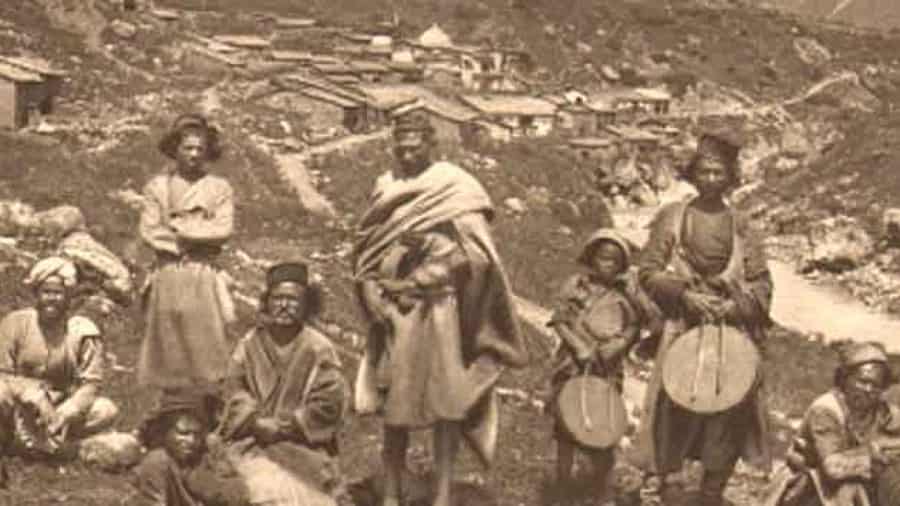
General Introduction
| Badrinath Dham | Details and Highlights |
| Location | Chamoli District of Uttarakhand, India |
| Badrinath Dham Yatra |
|
| Seasonal Availability | Open from late April to early November; closed during winter |
Mythological Origins
The genesis of Badrinath Dham finds resonance in ancient Hindu mythology, where tales of gods and goddesses intertwine with the fabric of creation. One such legend recounts the penance of Lord Vishnu, who, criticized by a sage for his opulent lifestyle, retreated into deep meditation within the Badrinath region. Moved by her husband’s penance, goddess Lakshmi transformed herself into a protective jujube tree, shielding him from the harsh elements.
Another mythological account speaks of Badrinath as the erstwhile abode of Lord Shiva and his consort Parvati. According to legend, Shiva and Parvati encountered an abandoned infant at their doorstep upon returning from a stroll. Despite Shiva’s reservations, Parvati brought the child into their home, only to find the doors mysteriously sealed upon their return. Left with no choice, they relinquished the dwelling to Lord Vishnu, who had assumed the guise of the crying infant.
Legends and Significance
Badrinath Dham finds mention in various Hindu scriptures and epics, including the Mahabharata, where it is cited as the resting place of the Pandava brothers and their wife Draupadi en route to heaven. The sacred village of Mana, nestled within close proximity to the main temple, served as their abode during their celestial journey. Furthermore, nearby attractions like Vyas and Ganesh Gufa, believed to be the sites where the Mahabharata was transcribed, add to the spiritual allure of the region.
The significance of Badrinath Dham transcends its mythological origins, encompassing its role as a pilgrimage site of immense reverence. Revered as one of the Char Dham, comprising four sacred sites of Hindu pilgrimage, Badrinath holds a special place in the hearts of devotees seeking spiritual sanctity. Additionally, it is an integral part of the Chota Char Dham Yatra of Uttarakhand, a journey of profound spiritual significance undertaken by countless pilgrims each year.
Historical Evolution
The historical evolution of Badrinath Dham traces its roots to antiquity, with the earliest mentions dating back to Vedic scriptures. The ancient idol of Lord Badrinath, believed to date back to 1750 – 500 BC, serves as a tangible link to its rich heritage. Initially resembling a Buddhist monastery, the temple underwent a transformative phase under the patronage of Adi Shankaracharya and King Kanak, culminating in its rededication to Lord Vishnu.
Subsequent centuries witnessed periodic renovations and expansions, with the temple’s current structure, re-constructed and expanded during the 17th century under the patronage of the Garhwal kings, standing as a testament to enduring faith. Despite facing the ravages of time, including avalanches and landslides, Badrinath Dham has persevered, emerging as a symbol of resilience and unwavering devotion.
Conclusion
Badrinath Dham stands as a testament to faith, history, and the profound interplay of mythology and legends. Its significance reverberates through time, drawing countless souls on a journey of spiritual discovery and transcendence. As you stand in the shadow of the towering mountains, the echoes of ancient hymns and stories remind you of the timeless wisdom that resides within these sacred walls.
FAQs
- Can I visit Badrinath Dham throughout the year?
Yes, while the temple remains closed during winter, it’s open from late April to early November. - What are the accommodation options near Badrinath Dham?
Yes, there are several ashrams, guesthouses, and hotels available for pilgrims and tourists. - What is the significance of the hot water spring near Badrinath Temple?
The Tapt Kund hot water spring is believed to have medicinal properties and is used for ritual bathing before entering the temple. - Is photography allowed within the temple premises?
No, photography is prohibited inside the temple as it’s a sacred space of worship. - Are there any trekking opportunities around Badrinath Dham?
Yes, treks to places like Valley of Flowers and Hemkund Sahib are popular among adventure enthusiasts.





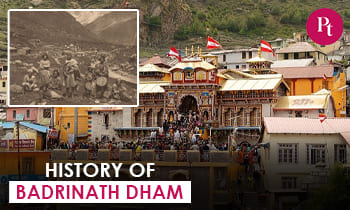
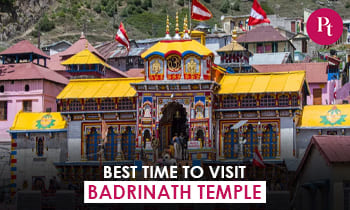
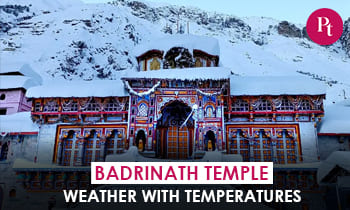
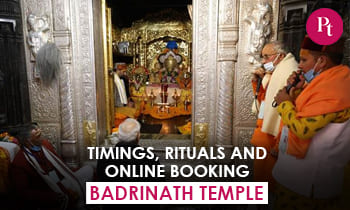
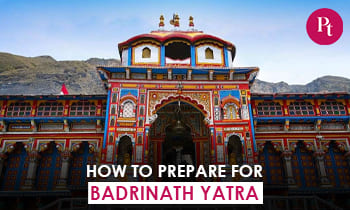
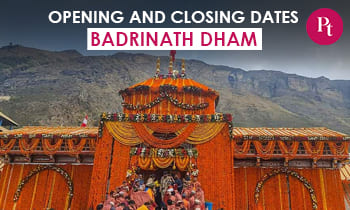



 Call
Call WhatsApp
WhatsApp Enquiry
Enquiry